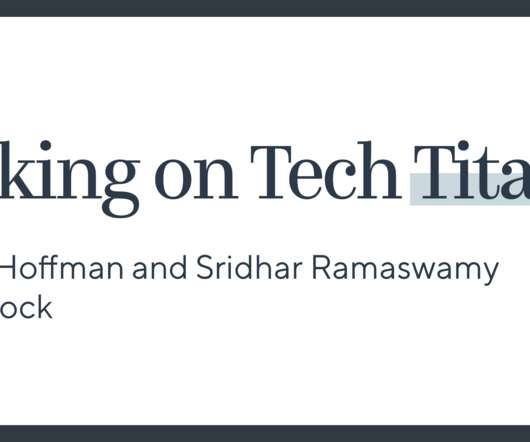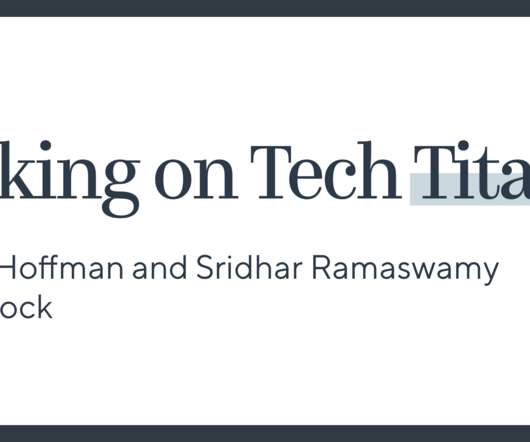Want to Know How VC’s Calculate Valuation Differently from Founders?
Both Sides of the Table
JULY 22, 2010
So taking the same fund raising round and assuming that the VC wants the options including before he or she funds (and before is totally standard) then the math works like this: Assuming a 15% option pool post funding then you need a 20% option pool pre funding (because the pool gets diluted by 25% also when the VC invests their money).




















Let's personalize your content